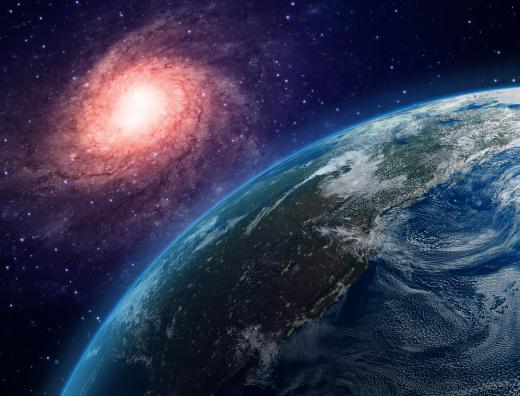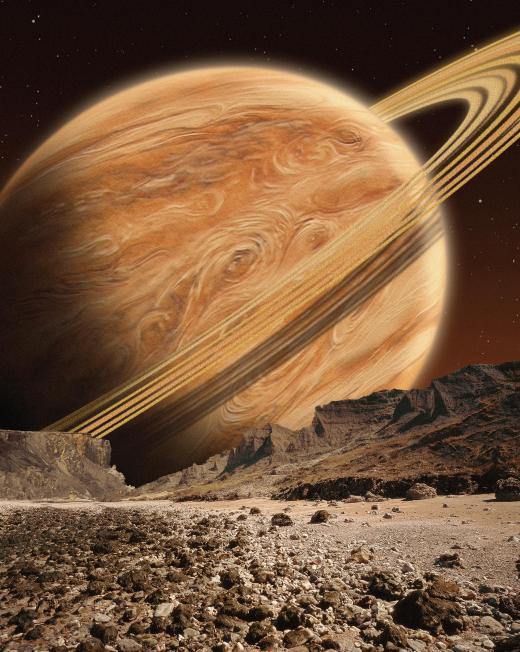What is Cosmic Dust?
 Mary McMahon
Mary McMahon
Cosmic dust is a substance found throughout the universe. It consists of small grains of material and aggregates of such grains, with a composition that can vary radically, depending on the circumstances in which the dust is formed. This dust often has a crystalline structure, and it has a number of interesting properties that have attracted the attention of astronomers and other researchers who work in space, including chemists, physicists, and theoretical mathematicians.
This substance was originally regarded as nothing more than a nuisance. Clouds of cosmic dust can obscure stars, planets, and other sights of interest in space, and astronomers struggled for centuries to filter it out so that they could make clear observations of various objects in the sky. Ultimately, researchers started to get interested in this extremely abundant substance, and they realized that it actually plays a vital role in many of the processes in the universe, including the formation of stars and planets.

There are a number of different types of cosmic dust. Circumplanetary dust, for example, orbits a planet in a distinctive ring shape; Saturn has quite a collection of circumplanetary dust. Interplanetary dust can be found within specific solar systems, scattered across asteroid belts and orbiting the system's star, for example. Interstellar dust spans the vast distances between the stars of a galaxy, sometimes concentrating into nebulae, while intergalactic dust can be found between galaxies.

Cosmic dust particles vary widely in size. Most require magnification in order to be seen, with samples being collected from things like asteroids and meteors as well as specialized collectors on spacecraft for further study. Since it is also the basic medium from which everything in the universe is made, one could argue that, technically, everything from a computer keyboard to human beings are made from this dust. Most scientists prefer to study dust of extraterrestrial origin, however.

Studies of cosmic dust can reveal interesting information about how galaxies, individual stars, and planets form and ultimately destroy themselves. Some researchers have also realized that the dust can actually be quite beautiful, as swirling images of nebulae have revealed. Observations of it can be carried out with a variety of tools, ranging from simple telescopes to detectors which pick up on the dust's radioactive emissions.
AS FEATURED ON:
AS FEATURED ON:















Discussion Comments
Cosmic dust is made up of just about everything, or so it seems according to the article; asteroid collisions, meteors, nebulae or some other cosmic collision. I how the average stargazer would recognize cosmic dust, from another celestial being. Looking through a telescope, how does someone differentiate between cosmic dust or any other astronomical occurrence?
Post your comments